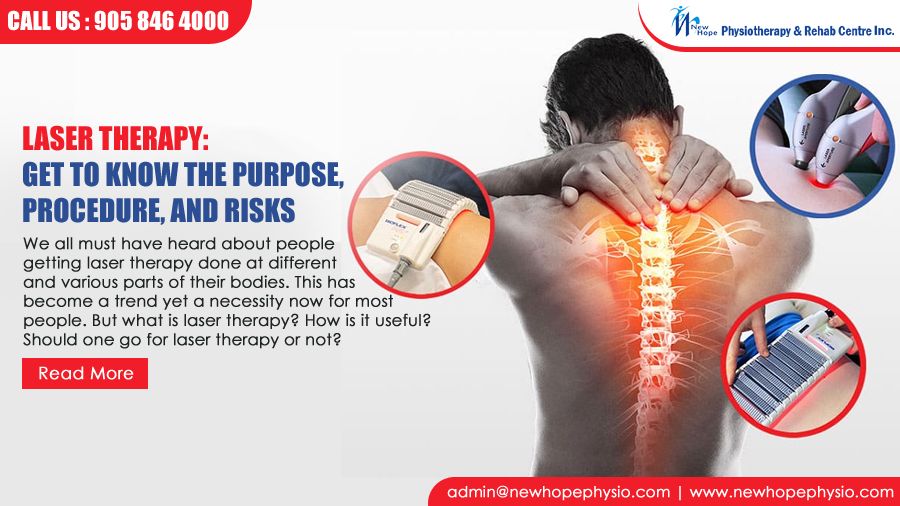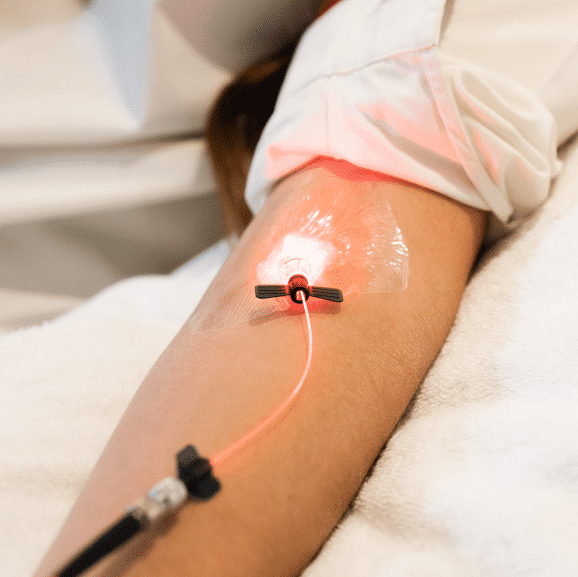Laser Light Innovations: Transformative Approaches to Medical Laser Therapy
Wiki Article
The Function of Clinical Laser Therapy in Injury Recovery and Cells Regrowth
Did you recognize that clinical laser therapy has the possible to transform injury healing and tissue regrowth? With its sophisticated modern technology and specific targeting, laser therapy offers an appealing option for those seeking much faster and a lot more efficient healing. By utilizing the power of light, clinical lasers can stimulate mobile task, promote blood flow, and boost tissue repair work. Whether you're managing chronic wounds, medical incisions, or tissue damage, laser therapy may supply the gentle yet effective treatment you need. In this guide, we will explore the function of medical laser treatment in wound healing and tissue regrowth, discussing its advantages, methods, equipment, as well as its considerations and limitations. Prepare to uncover just how this ingenious method is forming the future of medical care.Recognizing Medical Laser Therapy
If you regularly experience wounds or tissue damages, it is very important for you to recognize exactly how medical laser therapy can assist in increasing the recovery procedure (laser light therapy). Clinical laser therapy is a non-invasive therapy that uses focused light to boost cellular task and promote tissue repair service. The laser emits a particular wavelength of light that is soaked up by the cells in the targeted location, setting off a series of organic responses that promote recoveryOne of the main advantages of clinical laser treatment is its capacity to minimize inflammation. By targeting the damaged area with the laser, it can aid to decrease swelling and discomfort, enabling faster healing. The laser also stimulates the manufacturing of collagen, an essential part in injury healing, which aids to reinforce and restore damaged tissues.
Clinical laser therapy can be utilized to treat a variety of conditions, including wounds, burns, muscular tissue stress, and joint pain. It is a effective and risk-free treatment choice, with very little side results. medical laser therapy. Many individuals report really feeling a cozy, comforting feeling during the treatment, and experience instant discomfort relief
Advantages of Laser Therapy for Wound Healing
Utilizing clinical laser treatment for wound healing offers several benefits that can speed up the recuperation procedure. Among the major benefits is that laser therapy aids to reduce pain and inflammation related to injuries. The laser energy boosts the release of endorphins, which are natural medicines, supplying immediate relief. In addition, the laser additionally assists to decrease swelling and redness, promoting faster recovery.Another advantage of laser therapy is its ability to improve blood flow to the wounded area. The laser light boosts the formation of new blood vessels, improving oxygen and nutrient supply to the broken cells. This accelerated blood circulation facilitates the elimination of waste items and contaminants, better sustaining the recovery procedure.
Laser treatment also helps in the formation of collagen, an essential component of wound recovery. The laser boosts fibroblast activity, which are cells accountable for collagen production - laser light therapy. Collagen aids to strengthen the injury and advertise the development of brand-new cells, causing faster wound closure
Additionally, laser treatment has actually been revealed to have antimicrobial impacts, helping to stop infections in injuries. The laser energy eliminates microorganisms and various other microbes, minimizing the risk of difficulties and making certain a tidy atmosphere for recovery.
Laser Therapy for Tissue Regrowth
To promote cells regeneration, clinical laser therapy can be used in combination with other therapy methods. Laser treatment has actually been shown to promote the production of development aspects and improve the recovery process. It functions by providing concentrated light energy to the targeted location, which can permeate deep right into the cells and boost mobile task.
Moreover, laser therapy can additionally promote collagen synthesis, an essential component of cells regrowth. Collagen supplies structural assistance and assists in the formation of new cells. Laser therapy stimulates fibroblasts, the cells in charge of collagen manufacturing, causing increased collagen synthesis and boosted tissue regrowth.

Techniques and Tools in Laser Therapy
When using medical laser therapy for injury healing and cells regeneration, it is vital to understand the techniques and devices involved. One typically utilized strategy is known as low-level laser treatment (LLLT) or cold laser therapy. An additional technique is high-intensity laser therapy (HILT), which utilizes higher power lasers to supply restorative results deeper right into the cells.In regards to devices, laser treatment tools come in various forms. Handheld tools are typically used in centers and hospitals for targeted therapies. These tools are mobile, simple to make use of, and permit precise application of laser therapy. For larger treatment locations or several patients, bigger units referred to as tabletop devices are utilized. These gadgets use even more power and versatility, permitting for a broader variety of therapies. Some laser therapy devices additionally integrates advanced attributes such as flexible power setups, various wavelengths, and built-in safety and security measures.
Recognizing the strategies and equipment made use of in medical laser therapy is crucial for health care specialists to offer effective and secure treatments. By staying up to date with the most current developments in laser treatment methods and devices, doctor can remain to boost wound healing and tissue regeneration outcomes for their people.
Limitations and Considerations in Laser Treatment
One crucial consideration in laser treatment is the possible limitations that health care specialists ought to know. While laser treatment has actually revealed promising outcomes in injury recovery and cells regeneration, it is not without its constraints. One limitation is the depth of infiltration. Various laser wavelengths have varying degrees of penetration, and this can impact the efficiency of the therapy. Lasers with much shorter wavelengths may have restricted penetration and might not be ideal for treating deeper cells or wounds.Another constraint is the capacity for adverse results. Laser therapy, when not made use of properly, can trigger burns, pain, and cells damage. It is crucial for medical care professionals to have the necessary training and proficiency to make sure effective and risk-free therapy. Furthermore, particular person attributes, such as skin type, sensitivity, and underlying medical problems, require to be taken into consideration to reduce the danger of negative impacts.
Expense is an additional factor to consider in laser more helpful hints therapy. The tools required for laser therapy can be costly, and the cost might restrict its ease of access in specific my site health care setups. The maintenance and operational expenses of the tools need to be taken right into account when thinking about the usefulness of executing laser therapy.
Final Thought
Finally, medical laser treatment plays a considerable role in injury healing and tissue regeneration. With its many benefits, such as accelerated healing, lowered pain, and very little scarring, laser therapy has proven to be a beneficial therapy option. Using innovative strategies and devices more improves its efficiency. Nevertheless, it is essential to consider the constraints and potential threats associated with laser therapy to ensure ideal and safe end results.In this overview, we will explore the function of clinical laser treatment in injury recovery and tissue regeneration, discussing its benefits, strategies, devices, as well as its factors to consider and constraints.When using clinical laser treatment for injury recovery and tissue regrowth, it is crucial to understand the methods and tools involved. One commonly used technique is understood as low-level laser therapy (LLLT) or cool laser therapy. One more method is high-intensity laser therapy (HILT), which utilizes higher power lasers to provide healing results deeper right into the tissues.In conclusion, clinical laser therapy plays a considerable function in injury healing and tissue regeneration.
Report this wiki page